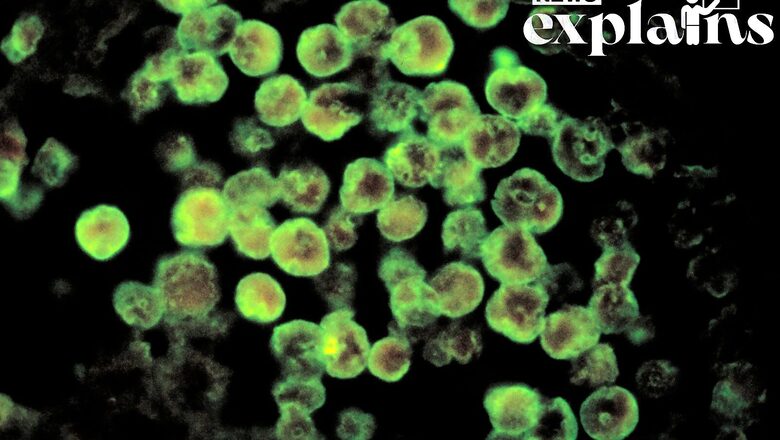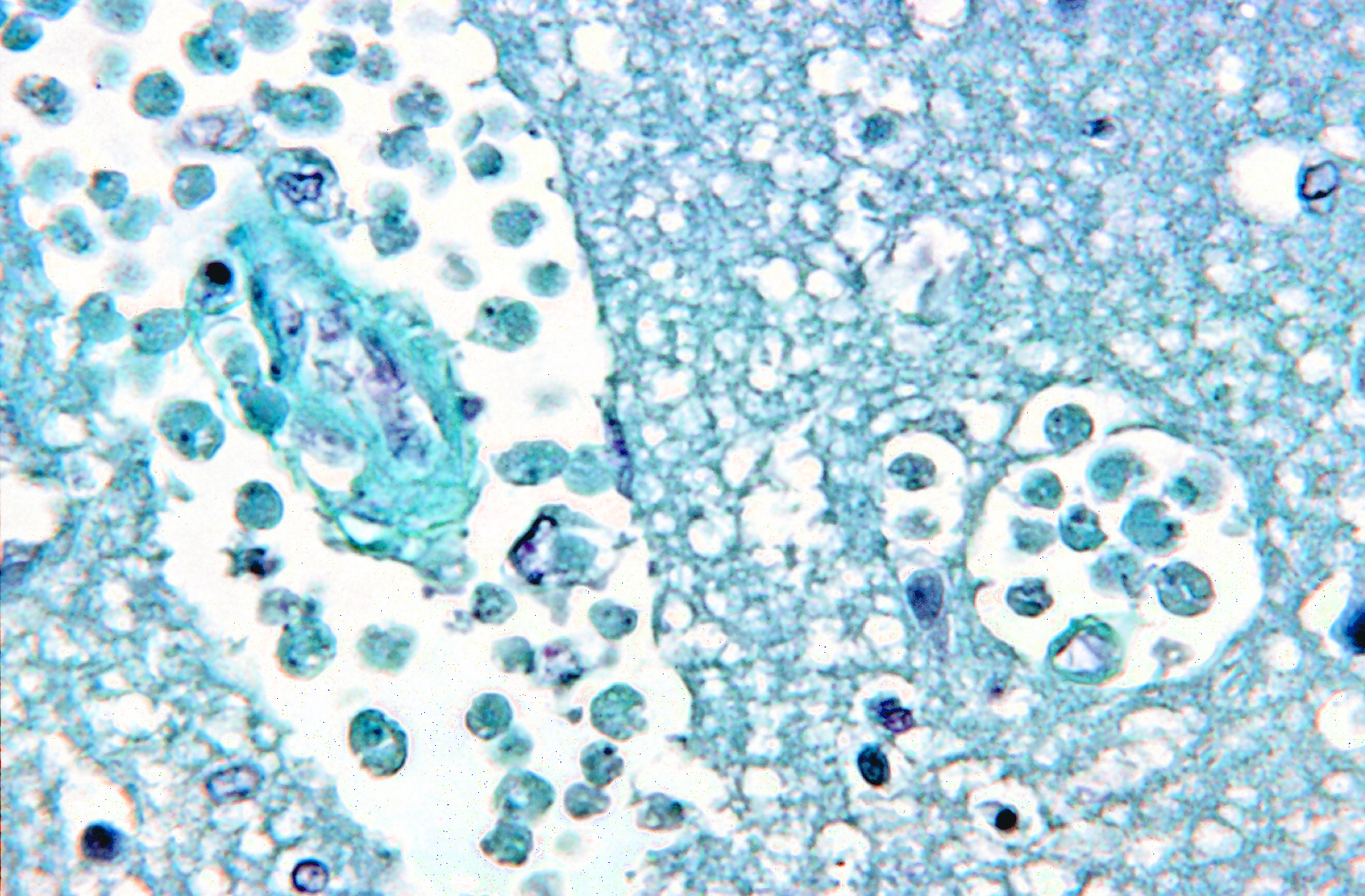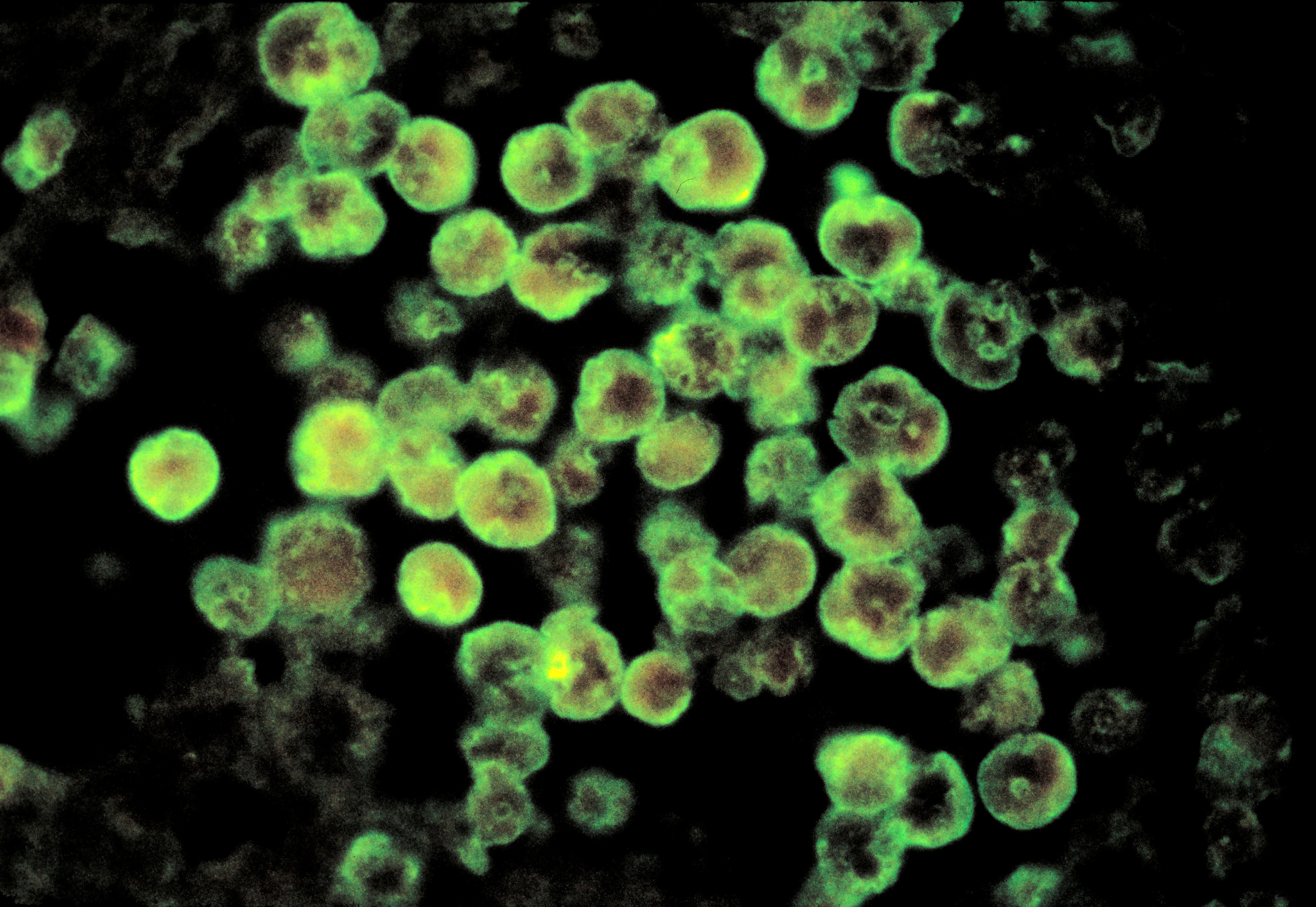
views
In an scary case, South Korea reported its first case of infection with Naegleria fowleri, also known as “brain-eating amoeba,” on Monday, a report by the Korea Times said. The 50-year-old Korean national who had recently returned from Thailand died 10 days after showing symptoms of the rare but fatal infection, according to authorities.
According to the Korea Disease Control and Prevention Agency (KDCA), the man spent four months in Thailand before entering South Korea on December 10. The report said he was taken to the emergency room a day later after experiencing headaches, vomiting, stiffness in the neck, and slurred speech.
This is not the first time that the Naegleria fowleri has made news. Earlier, the death of a child in Nebraska in US this summer reintroduced the rare but deadly brain-eating amoeba. The amoeba can enter the body through the nose and travel to the brain, where it begins to destroy tissue.

What is the Naegleria?
Naegleria is an amoeba that lives on its own (a single-celled living organism). It is so small that only a microscope can see it, the CDC says. It is most commonly found in soil and warm fresh water (such as lakes, rivers, and hot springs). Naegleria fowleri is the only species that infects humans.
How Does it Infect People?
When water containing the amoeba enters the body through the nose, it infects people. This usually occurs when people go swimming, diving, or submerge their heads in fresh water, such as lakes and rivers. The amoeba then travels up the nose to the brain, where it destroys brain tissue and causes primary amebic meningoencephalitis, a deadly infection (PAM). PAM is nearly always fatal.
Infections with Naegleria fowleri can also occur when people use contaminated tap water to clean their noses during religious practises or to rinse their sinuses (sending water up the nose), the CDC states.
In extremely rare cases, people have contracted Naegleria fowleri infections from recreational water that lacked sufficient chlorine, such as pools, splash pads, or surf parks.
Naegleria fowleri cannot spread through water vapour or aerosol droplets, according to research (such as shower mist or vapour from a humidifier).

Is It Present in India?
According to a report in the Indian Express, the Naegleria fowleri has been identified as the cause of PAM in over 16 countries, including India, and has been found on all continents.
Where can you find Naegleria fowleri?
Naegleria fowleri can be found in warm fresh water and soil all over the world, the CDC states. The amebae can be found in any freshwater body in the United States, the body has said, and are especially prevalent during the warmer months of July, August, and September.
Naegleria fowleri is a heat-loving (thermophilic) organism, which means it thrives in hot environments and prefers warm water. It grows best at temperatures as high as 115°F (46°C) and can survive at even higher temperatures for short periods of time. Water temperatures from lakes and rivers linked to some PAM cases were typically higher than 80°F, according to scientists. However, the amebae may be able to survive in water temperatures below 80°F.
The ameba can be found in the following places:
- Lakes and rivers with warm fresh water
- Water that is geothermal (naturally hot), such as hot springs
- Industrial or power plant discharge of warm water
- Sources of untreated geothermal (naturally hot) drinking water
- Poorly maintained swimming pools, splash pads, surf parks, or other recreational venues with insufficient chlorine
- Water from the tap
- Heaters for water
- Soil, including sediment from lakes, ponds, and rivers
- Naegleria fowleri does not live in salt water, such as the ocean.
In the United States, how common are Naegleria fowleri infections?
Infections with Naegleria fowleri are rare, the CDC says. From 2012 to 2021, between zero and five cases were diagnosed annually in the United States, and a total 31 infections were reported during this time period. Twenty-eight of those cases involved exposure to recreational water, two involved rinsing their sinuses with contaminated tap water, and one involved contaminated tap water used on a backyard slip-and-slide.
The majority of Naegleria fowleri infections occur in young males, particularly those aged 14 and under. The reasons for this are obscure. Young boys may be more likely than others to engage in activities such as diving into water and playing in the sediment at the bottom of lakes and rivers, the report said.
Is it possible for an infection to spread from one person to another?
No. Naegleria fowleri infection cannot be passed from person to person.
What are the signs of an infection with Naegleria fowleri?
PAM is caused by Naegleria fowleri, a brain infection that destroys brain tissue. PAM symptoms may be similar to those of bacterial meningitis in the early stages.
The first symptoms of PAM usually appear about 5 days after infection, but they can appear anywhere between 1 and 12 days. Headache, fever, nausea, and vomiting are all possible symptoms. Seizures, hallucinations, and coma are common later symptoms. After symptoms appear, the disease progresses quickly and usually kills within 5 days (but death can happen within 1 to 18 days).
Is Climate Change Causing More Instances of PAM?
Warmer temperatures not only allow pathogens like Naegleria to survive and grow, but they also drive people into the water more, increasing their risk, Yun Shen, an environmental engineer at the University of California, Riverside told the Guardian.
Climate change is also exacerbating extreme weather events like flooding and drought, which can introduce more pathogens into the environment. “In drought areas, pathogens will be concentrated in water bodies, which could increase pathogen exposure dose when humans come into contact with the water bodies,” Shen says. Water can transfer pathogens in the environment in flood-prone areas; for example, a flood could bring pathogens from soil or aquatic environments to homes and buildings, or cause wastewater collection to overflow and spew pathogens into the environment.
“In the future, people living in cold regions may be exposed to warmer weather and a higher risk of pathogen exposure due to climate change,” Shen told the Guardian.
Read all the Latest Explainers here


















Comments
0 comment